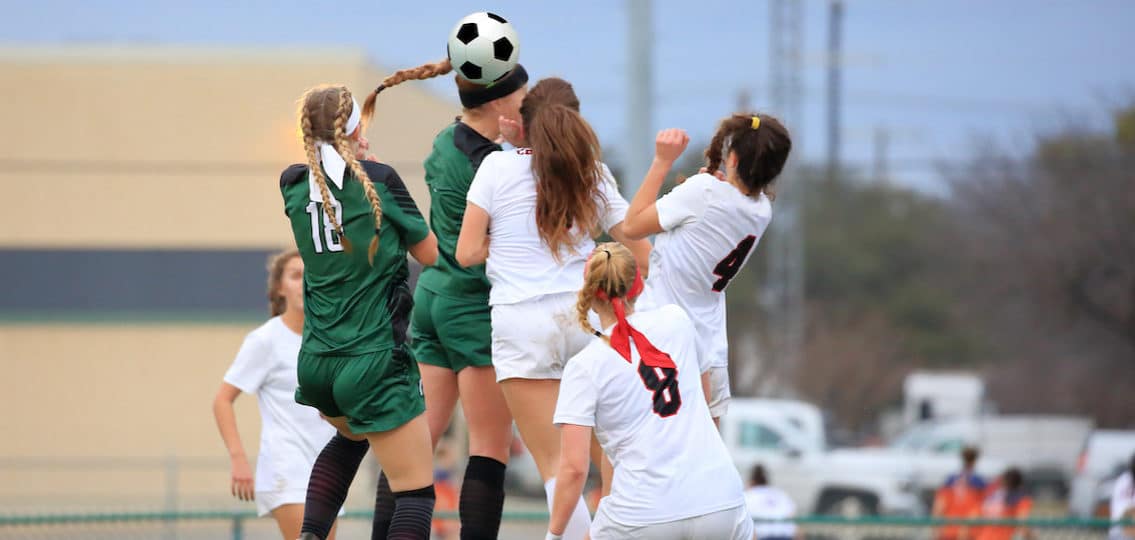Illinois med student helping bridge the gap in concussion research for high schoolers
A recent story from WCIA.com detailed the research being done at the Carle Illinois College of Medicine and how it will help high school student-athletes and their families.
 Below is an excerpt from the WCIA.com story.
Below is an excerpt from the WCIA.com story.
“We are seeing damage from these concussions at a young age,” Annabelle Shaffer, a third-year medical student from Carle Illinois, said.
She wants to make sure kids can still do what they love while playing safely. To do that, she teamed up with 19 Central Illinois high schools and their Carle athletic trainers.
First, the researchers looked at about 3,000 student baseline assessments on the Sport Concussion Assessment Tool (SCAT 5) forms. That’s how they generated normative values.
That way, the research team and athletic trainers can bridge a gap in various sporting programs.
“When a kid comes in after having a concussion they can hopefully detect changes from their baseline and know they’ve had a concussion,” Shaffer explained.
She knows this type of study is unique because there isn’t much concussion research for high school athletes in particular, mainly at the professional and collegiate levels.
